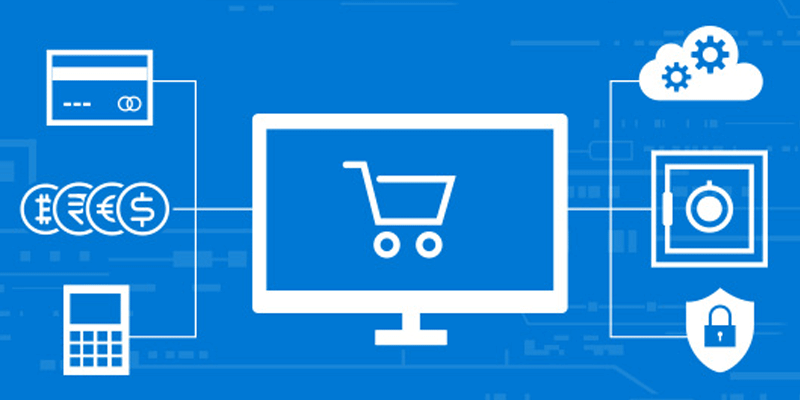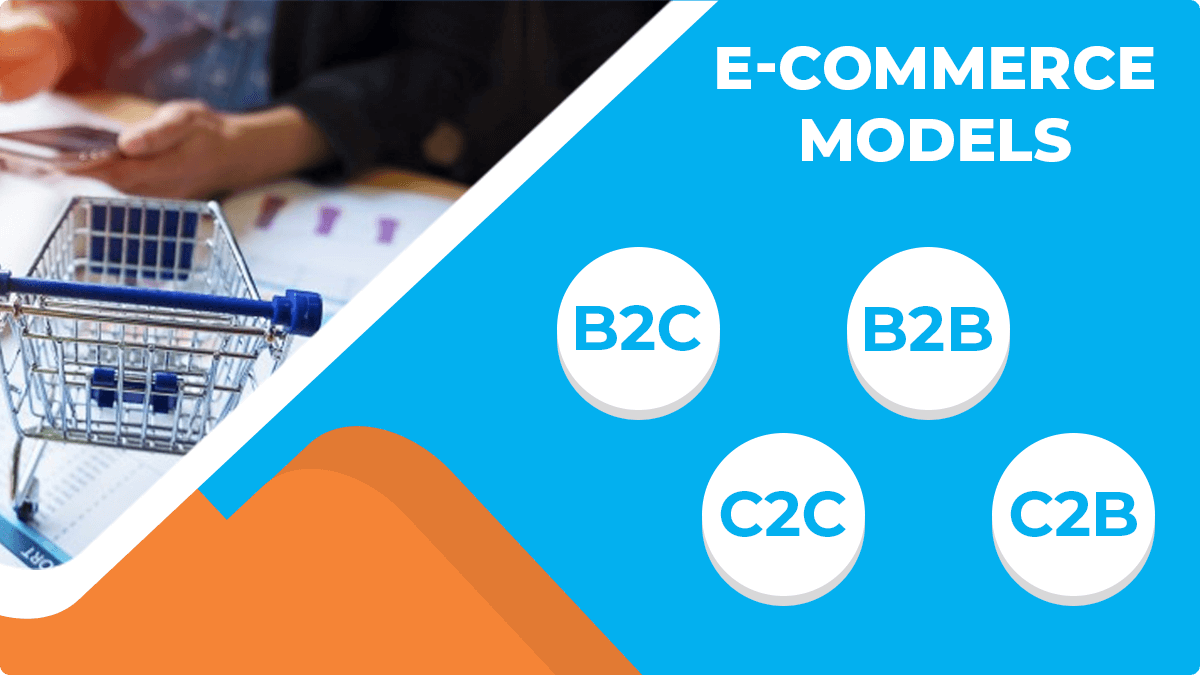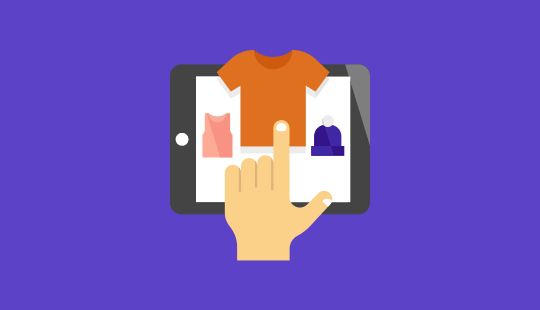The history of E-commerce begun with the very first online sale in 1994 when a man sold a CD with the help of his website which was an American Retail platform. This was the first time a consumer did an online transaction using the internet medium which is commonly called E-commerce today.

There are various kinds of E-commerce models as mentioned below:
B2C (Business to Consumer)
B2C is when a business sells a product or service to the ultimate consumer, for example, a retail company selling a particular product to a consumer. This will be called B2C marketing.
B2B (Business to Business)
When a business undertaking sells goods or services to another business undertaking online, that is called B2B marketing.
C2C (Customer to Customer)
As the name says, when a customer sells any good or thing to another customer, for example, a customer sold furniture to another customer. That is called C2C marketing.
C2B (Customer to Business)
When any customer sells anything to the business enterprise then it is called C2B marketing. For example, any person who is a freelance web designer offers any web design to the running company, which can be an example of C2B marketing.
E-commerce has a significant role in our lives because nowadays almost all the transactions are done via the world wide web or through the help of e-commerce. The products like movies, music, books, scientific papers can be marketed online but goods like food, beverages, consumables are not yet facilitated to be transacted online. But some online platforms have now started transacting these goods online too.
It has been analyzed that E-commerce will grow and revolutionize in the future and if any person who wants to start an online business or conducting an E-commerce business should be aware of some statistics about the E-commerce phenomenon. It will help them to thrive in the business for a long.

The topmost statistics about E-commerce every retailer should be aware of are under –
- There are about 57 % of people worldwide who make purchases from retailers over the boundaries.
- It has been estimated 18 % of sales occur when local searches are done within 24 hours.
- In 2019, mobile commerce progressed from $50.92 billion to $693.35.
- About 61 % of shoppers did not complete their purchase transaction because the trust logos were absent.
- The Z-ers and 60 % of the millennials are expected to complete their transactions via mobile gadgets.
- In the current era, 55 % of store purchases are highly influenced by the E-commerce business.
- It has been analyzed that about 61 % of people avoid doing online transactions due to high shipping costs.
- About 52 % of Americans start their online purchase or product searches from Amazon.
- The online transactions relating to travel and fashion in 2018 were about 61 % and 59 % respectively.
- As the number of people doing online shopping is skyrocketing. It has been evaluated that in 2019, there are about 2 billion online buyers globally and there were about 1.66 billion online buyers in 2016.
Read more Hiring a Great Web Developer at Atlanta
- The users can do more in-depth research in a very short time span and compare the prices online. Also, product reviews can be accessed online.
- It has been analyzed by Nielsen that every day 85 % of the users spend about 6 hours browsing the web. Over 4 billion people are globally connected to the internet and almost all of them do online shopping and purchasing.
- There has been a constant increase in E-commerce marketing from the year 2013 and this year about 80 % of the internet users in the United States are purchasing business websites online.
- In a country like the US, there are substantially 160 million credit card users (about half of the population of the US), conducting online business transactions using credit cards. About 42 % of online buyers prefer to pay online via credit cards.
- 40 % of the online transactions are done using PayPal which is the second most popular payment method. PayPal connects directly to the customer’s bank account with the help of which sellers get their payment easily in less time. So, this is the ultimate example of how E-commerce is a convenient option to make purchases online.
Read more: How to Hire PHP Programmer for Your Next Project In USA
- PayPal has about 267 million alive registered Customer IDs in the year 2018 and this year, there are about 277 million active PayPal users worldwide.
- The Ecommerce global retail sales are 13.7 % in the year 2019. The figure was 7.4 % in the year 2015 and it went up to 11.9 % in 2018. By the year 2021, this progress is expected to rise to 17.5 %. So, any person who is thinking to start any kind of business can do it online.
- In a country like the US where the click and collect retail market has a larger influence, the click and collect transactions are rising enormously by 78% and it is expected to increase by the year 2020.
- With the increased penetration of the E-Commerce market, the B2B firms will spend more on the technologies of the E-Commerce market rather than spending money on online retailers.
- By the year 2021, the influence of mCommerce i.e. mobile commerce will be remarkably higher. About 54 % of US retail eCommerce can generate income through mobile commerce transactions.
- It has been estimated by Ovum’s Future of E-commerce: The road to 2026 that all the payments which are made using plastic cards will soon be diminished as various E-commerce online platforms will devise online payment methods. All the payments will be completed with the help of mobile devices via the internet.
- As analyzed by Synchrony Retailer Mobile Apps, 67 % of the consumers have downloaded the retailer app on their phones to do online payments and also to avail themselves services like discounts, coupon codes.
- The fastest growth in E-commerce in 2018 is witnessed in India and Indonesia.
- The returned products or merchandise cost about $284 to the US retailers. This is a survey done by the US National Retail Federation.
Read more: 7 Strategies for Android Application Development Success
- As per the statistics of Ovum’s the Future of E-Commerce: The Road to 2026, the total, global M2M transactions will be increased from over 493,000,000 in 2018 to above 570,000,000 in the year 2019.
- It has been figured out that about 2.62 billion internet users use social media platforms once a month to enhance product marketing via social media channels.
- There are about 268 million consumers in Europe Continent who do online shopping Also, there are about 200 million European customers who buy goods and services from abroad via E-Commerce transactions.
From these statistics and figures, it is clear that E-commerce is the present and coming future of all business markets. In the coming years, the dominance of brick-and-mortar stores will be significantly blurred. Various E-commerce Experts and big business owners are of the view that physical shops will soon lose their significance if they will not be providing E-commerce purchase options shortly.

